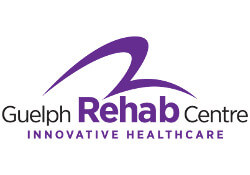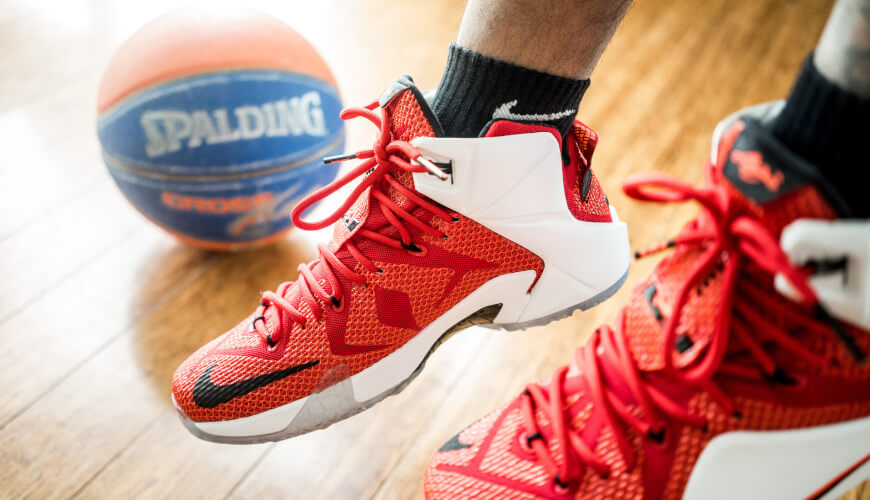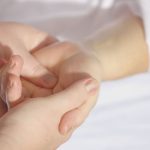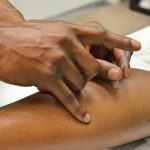As a neuromuscular rehabilitation clinic, we still see our fair share of athletes. And while people performing general everyday tasks at home or work don’t necessarily require a recovery session (however, it does help), athletes put a lot more stress and pressure on their bodies during a game, activity or workout. This additional stress requires athletes to take extra precautionary measures upon finishing to ensure they do not suffer a potentially season-ending injury. These measures go beyond the typical protein shake and focus more on muscle and joint recovery.
If you’re an athlete such as a hockey player, soccer player, basketball player, skateboarder, mountain biker or a player or participant in any high-performance sport, continue reading to learn more about different methods of post-game recovery that you can use to help minimize the risk of injury. And while these recovery methods are geared more towards athletes, they can still be used by everyone else to reduce the chance of injury.
HYDROTHERAPY
Simply put, Hydrotherapy is a water immersion technique typically performed in a pool called a Hydrotherapy pool. Hydrotherapy consists of exercises performed in the pool to allow the therapist and patient to change intensities from exercise to exercise. These exercises use the properties and nature of water to promote pain relief, circulation and relaxation.
Some Benefits of Hydrotherapy are:
- Reduces muscle spasms
- Increases joint mobility
- Strengthens weak muscles
- Improves circulation
- Increases balance and coordination
ACTIVE RECOVERY
Active recovery utilizes aerobic exercises like running and cycling to aid in an athlete’s recovery. Much like how hydrotherapy uses water to adjust intensity, these exercises are typically done on a treadmill or stationary bike to allow for quick changes between exercises.
On top of the recovery benefits, Active Recovery also provides a few other benefits to athletes.
These benefits include:
- Enhances blood flow – Active Recovery exercises increase the blood flow to the exercised area
- Rids body of lactic acid – This is especially beneficial for athletes who may be playing in multiple games in one day or on back-to-back days
- Reduces muscle soreness – This is a result of clearing the body of lactic acid
STRETCHING
One of the most common methods of recovery is stretching. We’ve all seen it and we’ve more than likely all done it. Stretching can be broken down into two major groups of stretches, each with its own unique end goals.
The first of these two groups is Static Stretching. This is the most common form of stretching and involves pulling, bending and reaching for specific parts of your body while remaining stationary. This is more than likely the form of stretching you did to warm up before gym class as a kid. Static stretching’s primary focuses are to increase an athletes range of motion and relieve any tension in stiff joints.
Some static stretches include:
- Bending side to side
- Reaching for your toes while seated or standing
- Controlled rocking up onto your toes and back down
The second form of stretching is called Dynamic Stretching. And much like Active Recovery, dynamic stretching uses movement to help your body recover from a workout or sport. Dynamic Stretching focuses on moving stretches as opposed to stationary stretches, putting the body through motions similar to the given sport or activity. This form of stretching can also be performed beforehand as a warm-up and precautionary measure.
Some dynamic stretches include:
- Lunges
- High knees jogging
- Leg and arm swings
- Quick and short sprints
MASSAGE THERAPY
Massage therapy is the recovery treatment we offer to athletes that come in to see us. It also happens to be one of the more commonly used recovery techniques among high-performance athletes. This is because, on top of ridding muscles of tension and soreness, massage therapy lets an athlete relax, clear their mind and cool down.
Massage therapy is also the best option for individuals who may be suffering from tension and tightness caused by everyday tasks rather than sport. It is the least demanding of the recovery techniques and offers everyone the same results.
Some Benefits of Massage Therapy are:
- Breaks down scar tissue
- Improves circulation
- Decreases swelling
- Increases muscle flexibility
- Decreases trigger points
- Improves joint mobility
If you’d like to learn more about Massage Therapy and how it can benefit you, check out our Massage Therapy Services page here.
OTHER THINGS ATHLETES CAN DO TO AID RECOVERY
The four major recovery treatments outlined above are not the only things athletes can do to improve recovery. There are also many small things you can do to ensure you experience as little soreness and stiffness as possible.
Some of these things include:
- Getting enough rest – Believe it or not, sleep is an integral part of recovering. While you’re asleep, your body goes through the process of repairing muscles and restoring order to your body so that it’s ready to tackle the next day.
- Eating enough protein – It’s important to refuel between exercises or games. For many athletes this means protein, but it’s also important to make sure you’re consuming the other nutrients and vitamins that your body requires. And as with many other things, quantity is key. You want to be sure you’re consuming the right amount of vitamins and nutrients as not to overwhelm or deprive your body.
- Drinking plenty of water – Hydrate, hydrate, hydrate, it’s as simple as that. Muscles require water to recover and not consuming enough water can result in sore muscles or muscle spasms and cramps.
- Rolling your muscles – This is a recovery technique you can do at home. In between the days you receive more comprehensive recovery treatment, roll your muscles to keep them as loose and limber as possible. Rollers come in all different styles and sizes, but can be picked up for as low as $20-$30 from your local sporting goods store.
Recovery treatments and results vary from athlete to athlete. It comes down to the athlete’s physical traits as well as what they are doing in between treatments to help their body recover. And while we are a neuromuscular rehabilitation clinic, our team of highly-trained professionals are capable of assisting the majority of athletes. If Massage Therapy doesn’t do the trick, we also offer many other services that could be beneficial to you. If you have questions about this article or would like to discuss recovery techniques or book an appointment, please reach out to us by phone or email.








